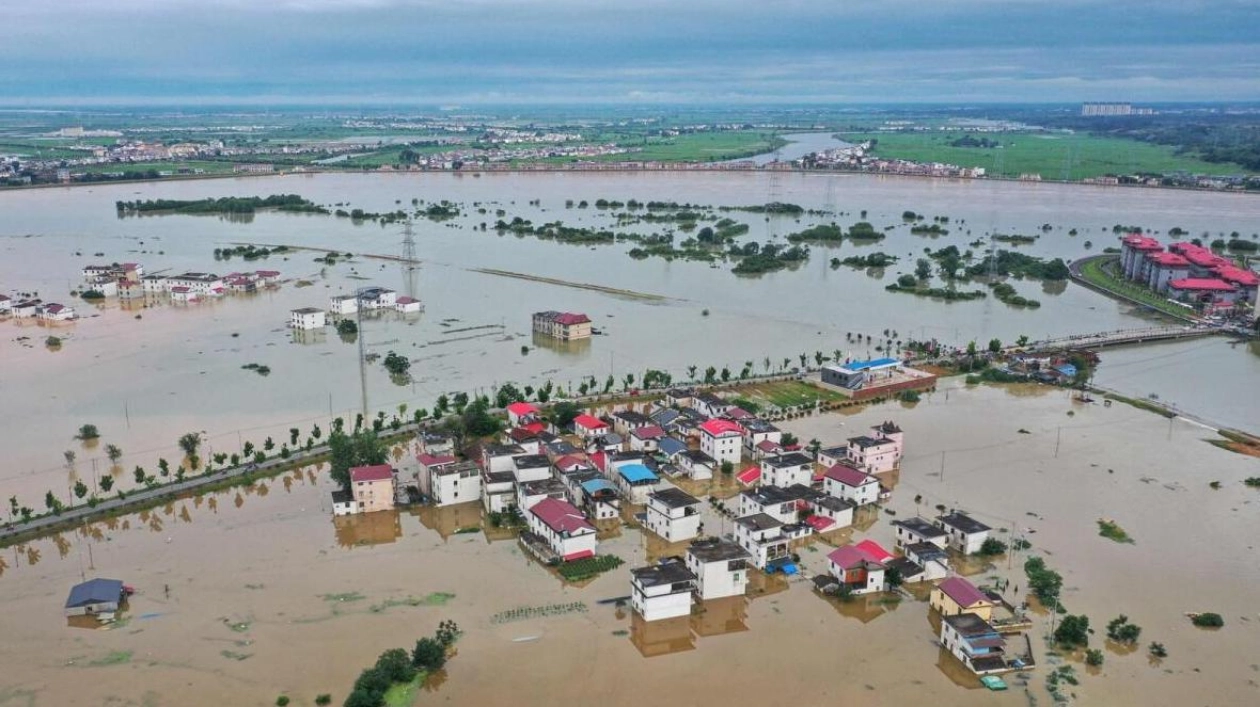Torrential rain in Chongqing, a megacity in southwestern China, has triggered mudslides and flooding, resulting in at least six fatalities and widespread disruption, according to Chinese state media. Extreme rainfall has affected southern, central, and eastern China during an unusually early flood season this year. Since Wednesday, Chongqing, with a population exceeding 32 million, has experienced more rainfall than the capital, Beijing, making it one of China's most densely populated cities. State broadcaster CCTV reported that two people drowned and four died due to landslides and other flood-related incidents, with floodwaters reaching up to two meters in some areas. A meteorological station in Dianjiang county, part of Chongqing, recorded 10.02 inches of rainfall from 10pm on Wednesday to 7am on Thursday, marking the highest daily precipitation on record for the county.
This severe flooding raises questions about the effectiveness of China's 'sponge city' initiative, launched in 2015 to enhance flood resilience in major cities and optimize rainwater usage through architectural, engineering, and infrastructural modifications. CCTV footage showed floodwaters rushing down roads, inundating residential areas, and rescuers assisting residents in waters up to chest-high. The flooding also disrupted transportation, leading to the suspension of 26 passenger lines at Chongqing's railway station on Thursday. China's weather bureau recently warned that climate change could lead to more frequent and unpredictable heavy rains, challenging the country's ability to manage extreme weather events. Government departments have allocated 4.17 billion yuan ($573.49 million) for disaster relief so far this year, according to Reuters. China's top legislature also passed a revised law last month aimed at improving the efficacy of emergency prevention and response.






